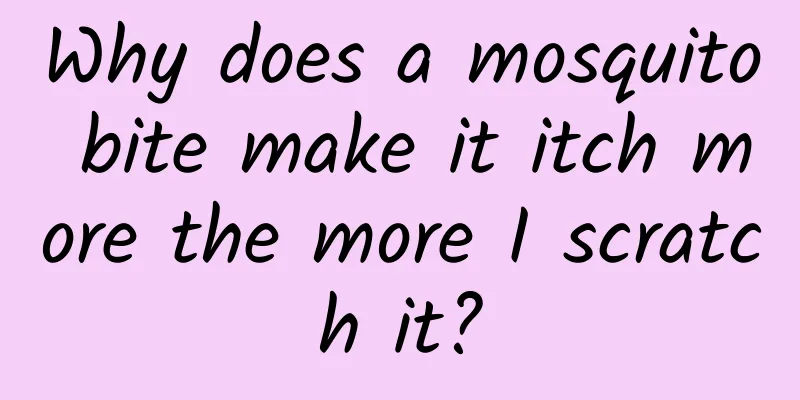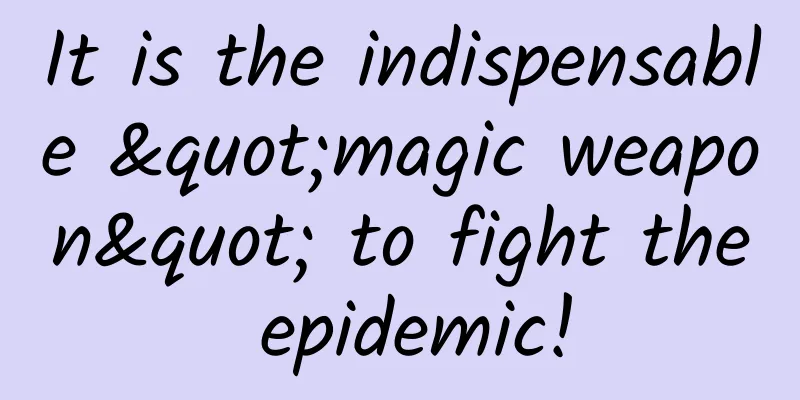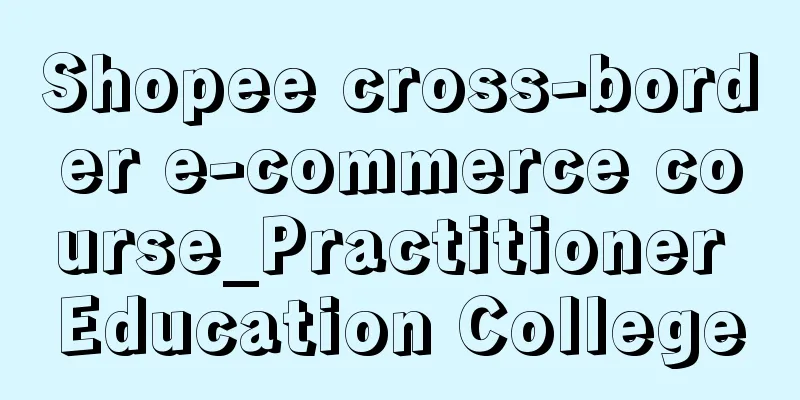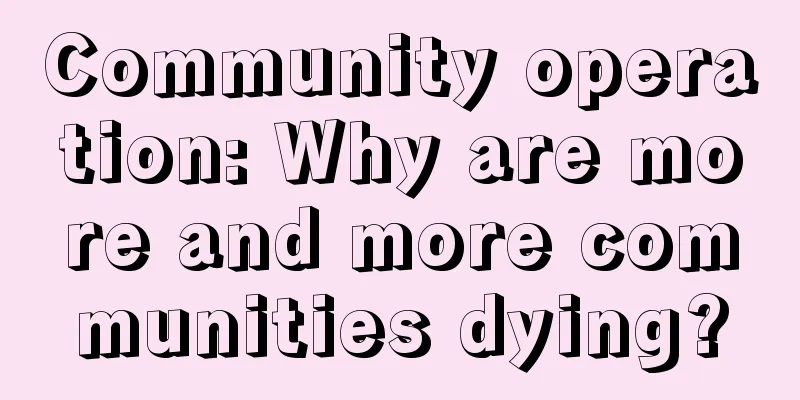Is the honey that can be drawn into a string real? After testing 11 types, I found that these identification methods have deceived me for many years
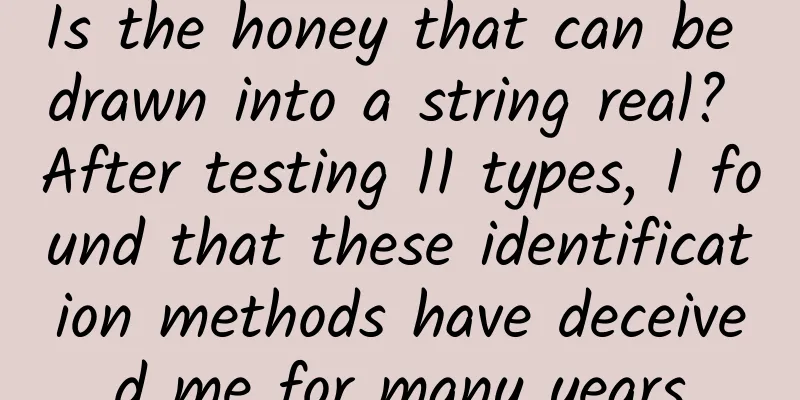
|
You may have heard of many methods to identify real and fake honey, but there is no conclusion as to whether these methods are reliable or not. In order to verify and find a truly effective method, we bought 11 bottles of honey. There are local honeys that can only be purchased through connections, there are well-known brands in the honey industry, and there is local honey that farmers produce and sell themselves. The sample information is as follows: We then sent them all to the laboratory to test their authenticity. The results show that the honey identification methods circulated on the Internet are actually not reliable at all. If you follow their methods, you may even pick out fake honey! But don’t rush to leave, we have also summarized 4 truly effective identification methods. Be sure to read to the end! 01 11 types of honey Test results There are two main ways to fake honey: one is to mix various syrups (such as fructose syrup, starch syrup, rice syrup) into real honey; The second is to use low-priced single (mixed) flower nectar to impersonate high-priced single flower nectar, for example, using cheap multi-flower honey to impersonate expensive linden honey. The fake honey we usually talk about is mostly mixed with syrup. For this kind of fake honey, the following 3 indicators can be used to distinguish the authenticity: 01. Sucrose content When it comes to fake honey, everyone's first reaction is white sugar! The national standard requires that the sucrose content in honey should not exceed 5g/100g. The test results are as follows: According to the national standard, the sucrose content of the 11 samples did not exceed the limit. It seems that the legendary practice of adding white sugar is a bit outdated. 02. Carbon 4 plant sugar content Most nectar plants are C3 plants, while most syrups (such as sucrose, corn syrup, etc.) come from C4 plants. If the carbon 4 plant sugar content in honey is higher than a certain limit, it means that the honey may be fake. In response to this situation, "GH/T 18796-2012 Honey" stipulates that the carbon 4 plant sugar content shall not exceed 7%. The test results of the 11 honeys are as follows: Judging from the test results, the carbon-4 plant sugar content of No. 8 far exceeds this standard, and it is most likely fake honey. However, since no protein could be extracted from sample No. 2, the carbon 4 plant sugar content could not be detected. The lab technicians told us that they had encountered this situation before. Honey that cannot extract protein has some problems. However, since we have not detected the value, we cannot directly conclude that it is fake honey. Everyone knows. 03. High fructose starch syrup content High fructose syrup is a type of starch sugar that is not allowed to be added to honey. If the honey tests positive, it is most likely fake honey. The test results are as follows: Many friends who have attended weddings should be familiar with No. 11 Ximi, which is a popular product among souvenirs. But I didn’t expect that this popular product would test positive for high fructose starch syrup, which means it is likely to be adulterated. One more thing to say here: we bought this product from an unofficial flagship store. The official flagship store does not carry products of this specification. Well, let's summarize the test results: Samples 8 and 11 may be adulterated. As no protein could be extracted from sample 2, no direct conclusion could be drawn, but it was more or less problematic. 02 The method of distinguishing true from false is spread on the Internet. Is it reliable? With these fake honeys in mind, let’s take a look at several honey identification methods that are circulated on the Internet. Statement 1: Honey that cannot crystallize is fake honey Unreliable. Under low temperature conditions, the glucose in honey will precipitate and form crystals. This is just like water freezing, which is a purely physical phenomenon. It cannot be used to determine whether honey is adulterated, nor can it indicate the quality of honey. For example, the texture and authenticity of these two honeys are completely opposite: Statement 2: Real honey is creamy after crystallization, while fake honey will feel grainy after crystallization For example, the crystals of No. 9 are relatively large, while the crystals of No. 2 are relatively small, and the texture is more creamy. But actual testing showed that No. 2, which had finer crystals, was suspected to be fake honey. In fact, whether honey crystallizes and what its texture is after crystallization mainly depends on the type of honey. Honeys that are easy to crystallize include: rape honey, vitex honey, and linden honey; Honeys that are not easy to crystallize include acacia honey. High-purity acacia honey crystallizes very little and very slowly. Statement 3: If you drop honey on paper, the one that seeps through is fake honey. We dripped the real and fake honey onto a paper towel and observed for 1 minute. It was found that honey No. 2 (suspected fake honey) and honey No. 3 had penetrated to the back. In fact, whether honey can penetrate to the back side has something to do with the water content and the thickness of the paper towel. Theoretically, as long as the paper towel is relatively thin, most of the honey can penetrate to the back. Therefore, this method cannot be used as an absolute basis. Statement 4: Use chopsticks to pick up the honey, the one that can be drawn into strings is the real honey Not reliable. The fact that honey can be drawn into threads only means that the viscosity of honey is relatively high. Viscosity is determined by many factors, such as the concentration process and refrigerated storage, which can increase viscosity. 03 Feed the bees with sugar water Is it true? Many friends asked in the background: I heard that some unscrupulous merchants would feed bees with sugar water, and the honey produced in this way is fake! In order to study this problem, we visited a well-known bee farm. Unexpectedly, as soon as we entered the bee farm, we encountered little bees drinking sugar water. Oh my god! The first time we visited someone, we encountered the unspoken rules of the industry? After sitting down and talking in detail, we learned that feeding honey with sugar water is actually saving the lives of the little bees! In winter, everything withers, and the little bees have no flowers to pick from, so they lose their food source. In order to prevent them from starving to death, beekeepers will feed them sugar water and pollen during this period (January-March) to maintain their normal life. In order to obtain sufficient nectar, beekeepers will take their little bees to chase the flowering season all over the country. Although it is hard work, the cost is still much lower than feeding white sugar because the wild flowers outside are free. Based on the input-output ratio, it is unlikely that any business would use sugar water to make fake honey. In order to recover their costs, will the merchants sell this "white molasses"? When regular manufacturers shake the honey for the first time, they will separate this "white sugar honey" and save it as relief food for the bees when there is a food shortage next year. However, there are also some merchants who are greedy for cheapness and will choose to sell the honey. From this point of view, we recommend that you buy honey from regular brands. 04 Is wild honey really better? Not really. If we count by nectar source, wild honey is considered multi-flower honey, and its nutritional value is not higher than other honeys. The price is so high simply because the production is so small. The bees that make native honey are generally wild or domesticated Chinese honey bees. Chinese honeybees are not suitable for migration and have very high requirements for the environment. They are generally kept in deep mountains, which makes it very difficult to collect honey. In addition, the complex environment and unstable nectar sources lead to low honey production. Scarcity makes things valuable, so the price of local honey is naturally high. This time we bought a total of 5 types of local honey: 2 purchased online and 3 purchased offline. The two products I bought online were marked with 0 additives and pure honey on the page. It sounded nice, but when I tested it, it turned out to be a complete failure. The reason is easy to understand: the production of wild honey is really too small, not enough to be sold online. So, if you don’t have reliable channels (such as relatives or friends who raise wild bees), you really don’t have to be superstitious about wild honey. The nutritional value is not much different, and you can easily buy fake honey at a high price. It is really not worth it. 05 Last words In the past when we reviewed grilled sausages and beef rolls, we were always able to summarize some methods to distinguish the real from the fake. But after testing these 11 types of honey, we found that every little bee has its own ideas. It is really difficult to distinguish the authenticity of honey based on its appearance and texture alone! So, ordinary consumers, without the help of professional testing equipment, can only wait and buy fake honey? We have summarized 4 "self-help guides": Although the above 4 guidelines may sound like "nonsense", they are the most reliable methods we have summarized after this evaluation. We also learned from the person in charge of the testing laboratory that current honey counterfeiting technologies are endless and are even ahead of testing technology. For example, when the laboratory tests the carbon 4 sugar in honey, unscrupulous merchants will add carbon 3 sugar (such as rice syrup, beet syrup, etc.) so that they will not be discovered. I really hope that one day, good honey can be produced instead of tested. Some time ago, the State Administration for Market Regulation announced the "Detailed Rules for Review of Bee Product Production License (2022 Edition)", which stipulates: To eliminate adulteration, companies must not add any other substances when producing honey, royal jelly (including freeze-dried royal jelly) and bee pollen. Maybe this will be a good start. We hope that after this, ordinary people like us won’t have to develop a keen eye to buy good, genuine honey. Editor | Cai Cai Design | Sour |
<<: Peony is a condiment in the past.
Recommend
How many people's New Year DNA is touched by a bite of preserved meat? Stroke patients should be more careful about "delicious traps"
As the Year of the Snake approaches, bacon is a p...
How should I worship two Wenchang Pagodas at home?
The location should be open and sunny, and it sho...
How can Toutiao quickly gain millions of followers? Here are 10 effective routines
With the rise and prosperity of the mobile Intern...
What kind of horse is the "Red Hare" in "Romance of the Three Kingdoms"?
"Lü Bu among men, Red Hare among horses.&quo...
How to choose promotion channels for efficient delivery?
Traffic is the essence of all business, whether o...
Complete information flow promotion plan for 5 major industries! Take it for reference~~
Nowadays, mobile advertising is experiencing expl...
Ibuprofen has become very popular recently. Do you know its origin?
In the fight against the COVID-19 pandemic, ibupr...
The new version of the APP is launched. Have you done these operations?
The APP has just been launched, so naturally ther...
APP operation and promotion: How to create a good landing page to promote user growth?
The ultimate goal of the landing page is to serve...
3 ways to promote new products!
In the Internet age, there is no shortage of inno...
Three strategies for long-term success of popular brands
After creating a category, you must dominate the ...
Hundreds of "smart volunteers" are on duty! Humanoid robots have become the "leaders" of conference affairs?
The 2025 Zhongguancun Forum Annual Meeting offici...
Will eating persimmons on an empty stomach cause kidney stones? Will eating persimmons make anemia patients' condition worse? Pay attention to these 3 points and eat persimmons without worry →
gossip Autumn is a time for abundant harvests. Th...
How to operate an event well? Share two major tips!
Let’s talk about event operation today. Event ope...
